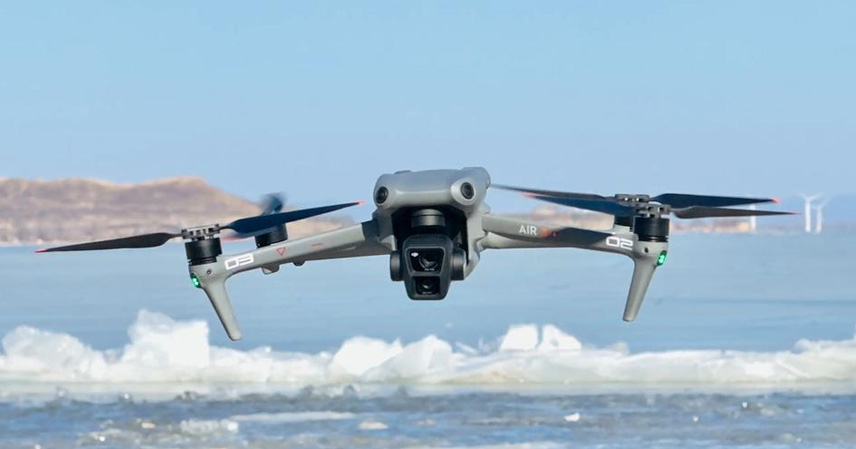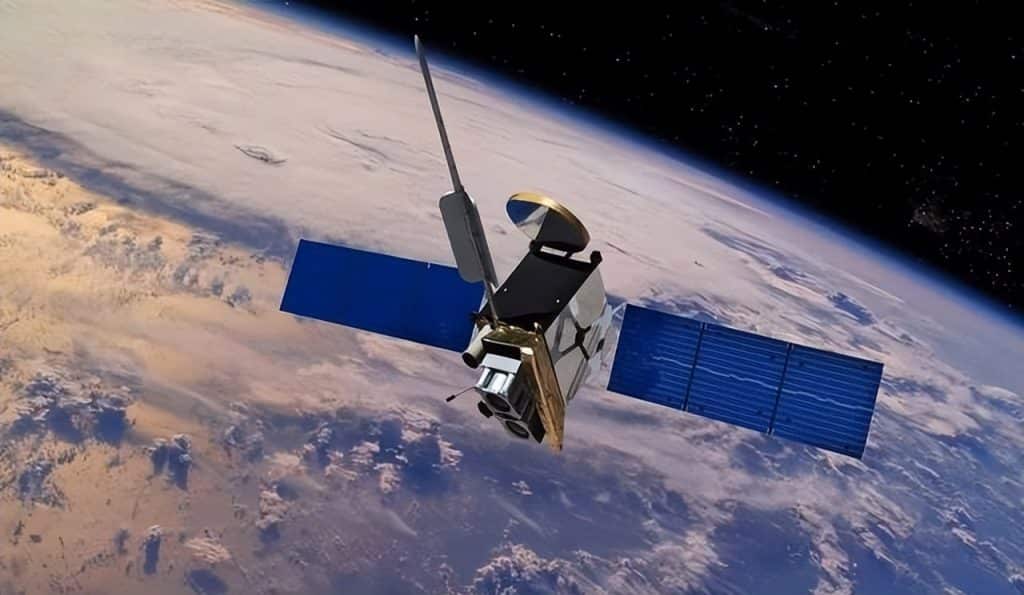American engineers have spent years trying to reverse-engineer DJI drones, hoping to uncover the secrets behind the company’s dominance.
They’ve disassembled every screw, circuit board, and chip—only to find that they can see the parts, but not the soul.
To outsiders, DJI might look like a gadget maker for hobbyists. But within the tech world, it’s a vertically integrated ecosystem—a fusion of hardware, software, algorithms, and supply chain mastery that has turned it into a global leader impossible to imitate.
The Core That Can’t Be Copied
Every drone has a brain—the flight control system.
It decides how high to fly, how to balance in strong winds, and how to respond in milliseconds to user commands.
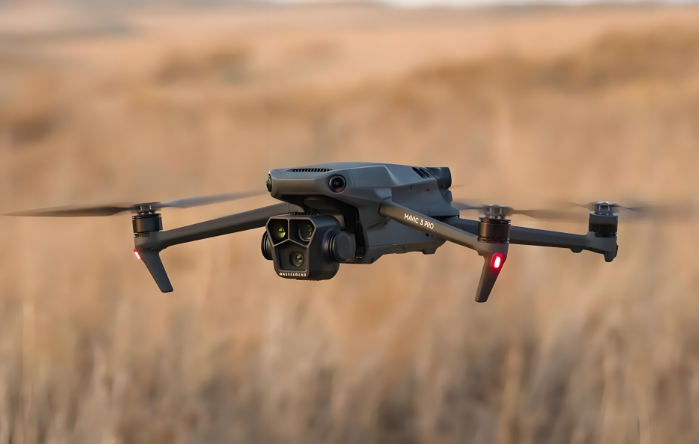
American engineers can open a DJI drone and see the chips and circuits, but they can’t decode the deeply optimized control algorithms that were refined through tens of thousands of test flights in deserts, cities, and coastal winds.
You can copy the recipe, but you can’t replicate the flavor.
Not Just Engineering — A Culture of Precision
What truly sets DJI apart is not just a powerful flight system, but its control over every component.
From motors and gimbals to positioning modules and cameras, DJI doesn’t rely on off-the-shelf parts. It builds its own.
In its 200,000-square-meter automated factory in Dongguan, DJI maintains an astonishing 85% vertical integration rate—a rarity in the electronics industry.
That means complete command of quality, design, and innovation from top to bottom.
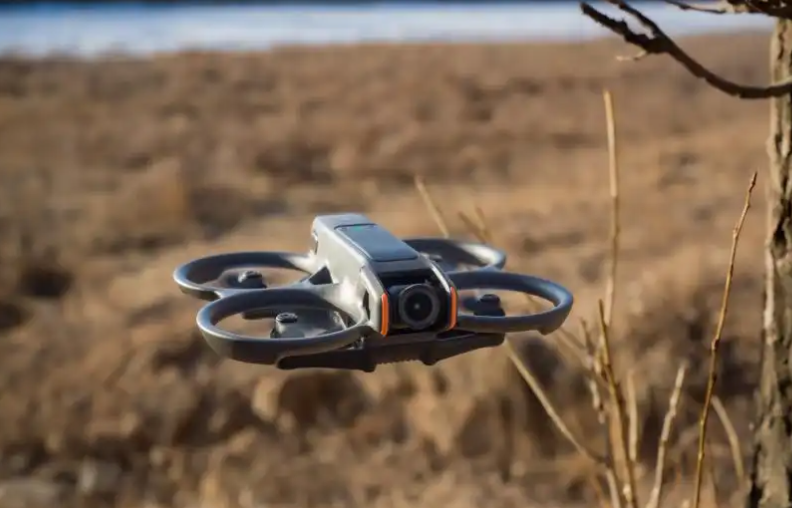
Innovation here isn’t just invention. It’s a mastery of execution.
The Race America Can’t Win
While U.S. teams spend months analyzing older models, DJI has already released new generations that leap ahead in every dimension:
15-kilometer ultra-long transmission, 360° obstacle avoidance, centimeter-level positioning, and latency so low it beats the blink of an eye.
This isn’t just a technology gap—it’s a speed gap.
By the time others catch up, DJI is already writing the next chapter.
Built to Survive Any Storm
Three years ago, DJI quietly launched a “backup plan”—designing and producing its own chips.
So when global supply chains were disrupted and Western drone makers delayed shipments for a year, DJI continued delivering within 7–15 days.
Its resilience lies in one truth: self-sufficiency.
Others fear shortages; DJI prepares for the future.
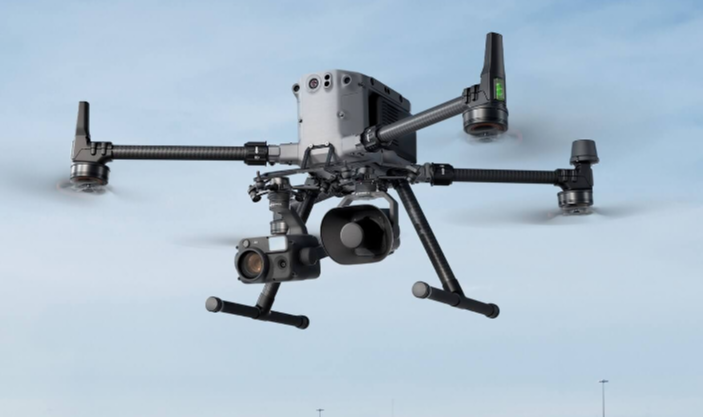
The Real Moat: An Integrated Ecosystem
DJI’s moat isn’t a single product—it’s the entire system that surrounds it.
Its mobile app has over 100 million downloads and hosts more than 300 third-party developers building tools for agriculture, mapping, and cinematography.
Farmers use DJI drones for precision spraying; surveyors use them for mapping that’s ten times faster than manual work.
Even if someone builds a lookalike drone, without this software ecosystem and data infrastructure, it’s just a flying shell.
When “Made in China” Gains a Soul
The reason the U.S. can’t “crack” DJI isn’t about engineering limitations—it’s about mindset.
America approaches it with disassembly logic, while China built DJI with integration logic—combining innovation, manufacturing, and data into one seamless loop.
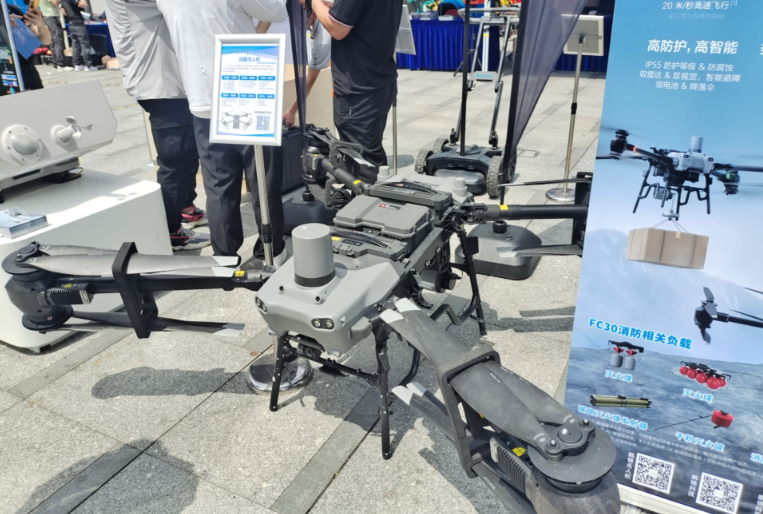
When a nation masters the full chain—from chips to code, from manufacturing to ecosystem—it’s no longer just producing gadgets.
It’s redefining how technology civilizations are built.
DJI’s story isn’t about one company beating another.
It’s about how “Made in China” has evolved from cheap production to deep innovation, from assembly to architecture, from imitation to creation.

